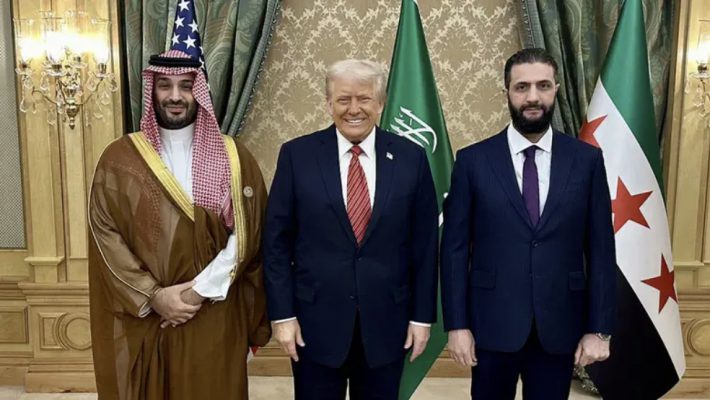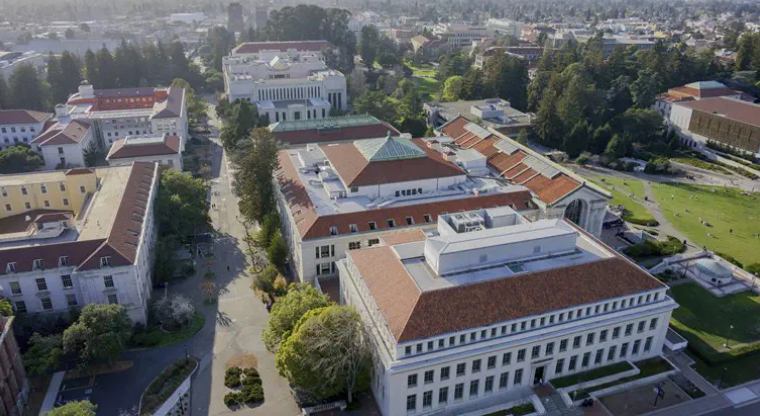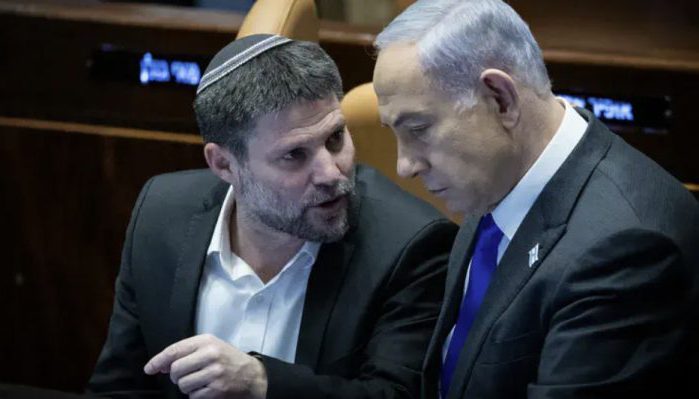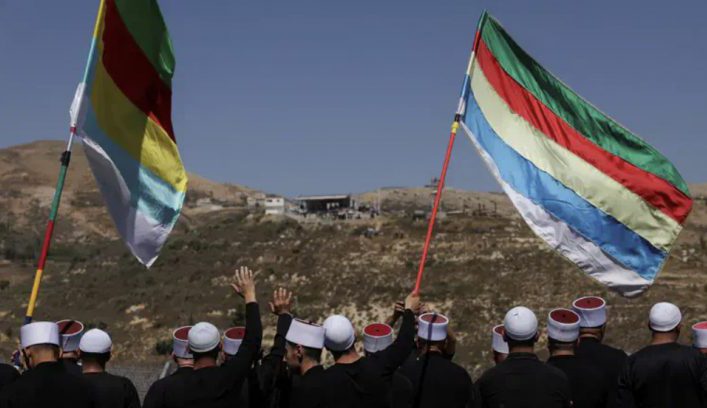In a historic reversal, President Trump met Syrian President Ahmed al-Sharaa at the UN, signaling a new era for U.S.-Syria ties even as Israel watches regional shifts with caution.
Syrian President Ahmed al-Sharaa held a high-profile meeting with U.S. President Donald Trump on Wednesday on the sidelines of the United Nations General Assembly in New York, according to Syrian state media. Photographs released by SANA showed Trump and Sharaa shaking hands, with First Lady Melania Trump also present.
This marks the second encounter between the two leaders in less than five months, following their May meeting in Riyadh during Trump’s Middle East tour. That first encounter was historic: it was the first meeting between a U.S. president and a Syrian president in 25 years.
Trump at the time described Sharaa as a “tough guy” and a “fighter” with a “very strong past,” signaling a dramatic shift in Washington’s tone toward Damascus.
The rapprochement comes in the wake of a June 30 executive order, in which Trump formally revoked longstanding U.S. sanctions on the Syrian government — while maintaining sanctions on the deposed Assad regime and affiliated destabilizing actors. In late August, the U.S. Treasury’s Office of Foreign Assets Control officially removed restrictions, clearing the way for direct engagement with Sharaa’s government.
For Israel, these developments carry weighty implications. A re-legitimized Damascus could reshape regional alliances, reopening questions about Iranian influence in Syria and the future of the Golan Heights. Sharaa, unlike Bashar Assad, has sought to present himself as a pragmatic leader — but Jerusalem remains wary of any moves that could embolden Tehran’s regional axis.
Whether this marks the start of a durable U.S.-Syria thaw or a tactical Trump maneuver remains to be seen. But one thing is clear: the return of Damascus to the global stage will directly affect Israel’s security environment and the balance of power across the Middle East.





